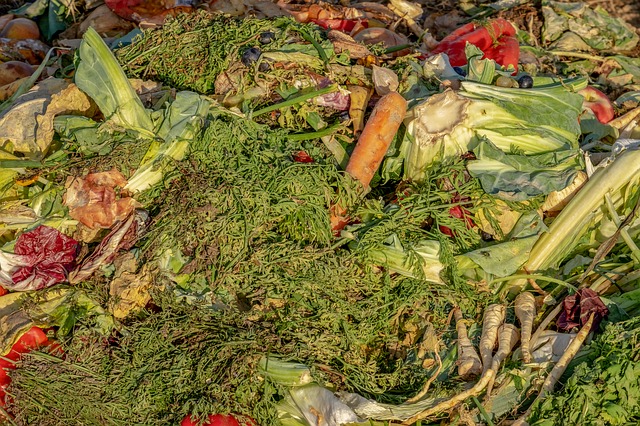I know what you’re thinking but no, “lasagna gardening” isn’t related to making actual lasagnas. It is a gardening technique that heavy nutrient-consuming plants like tomatoes will love though, but that isn’t the reason why it’s named after the pasta dish.
Also known as sheet mulching, lasagna gardening is a garden-building method that you can use to create vegetable patches in your backyard. Like the pasta dish, it involves making layers of organic materials to decompose into a gardening bed. These organic materials will then be “cooked” over time by soil-generated heat.
Why should you try it?

You should consider lasagna gardening if you have cardboard, newspapers, plant trimmings, kitchen scraps, or other fully biodegradable materials just lying around at home. Instead of sending these items to landfills, you can use them as layering materials for your plant beds.
There are two types of layers in a lasagna garden: a brown and a green layer. With an aim of providing carbon to your garden, brown layers include newspapers, cardboard, dry leaves, and peat. An article from The Spruce says that “cardboard or newspaper make an excellent bottom layer because they will smother grass and weeds within the garden bed.”
Meanwhile, green layers are tasked with providing nitrogen. The materials you can use for this are compostable kitchen scraps and plant trimmings.
Lasagna gardening is very low-maintenance—you don’t have to worry about digging or tilling once you’ve set it up. It only consumes time and effort during the process of building plant beds and organizing materials for it, because you need to make sure that everything you use is non-toxic and compostable. Never include materials with traces of harmful dyes, petroleum, polymers, and plastics because these can contaminate your garden.
Being low-maintenance makes lasagna gardening preferable for gardening beginners and busy plant parents. But because you’d have to wait for the layer materials to decompose before you can start planting, it isn’t a method for those who want instant harvests.
How do you make one?
First, build a boundary for your garden bed using hard materials like timbers or stones. You need this to hold your lasagna garden’s layers of organic materials in place while they decompose.
Next, make your layers. As mentioned above, it’s preferable to start with a cardboard or newspaper base. Water this layer until it’s thoroughly soaked so that it creates a moist environment that helps in decomposition and attracting earthworms. Make another layer with small twigs and branches, before piling “green layer” materials. Put dried leaves or straw on top of it and repeat the process, alternating brown and green layers. Keep building layers until you’re satisfied, or your plant bed is full. Don’t forget to water each layer before piling a new one on top so that the materials decompose efficiently.
After this, all you need to do is wait for the lasagna garden to “cook” and decompose. Once it does, you’ll notice that the bed will shrink because the materials have been broken down. You can add more layers if you want, as long as it follows the same process as above.
You can start planting on your lasagna garden bed once the materials decompose and the soil turns loose. This usually takes months, so better pack patience.